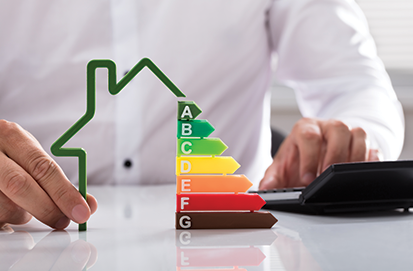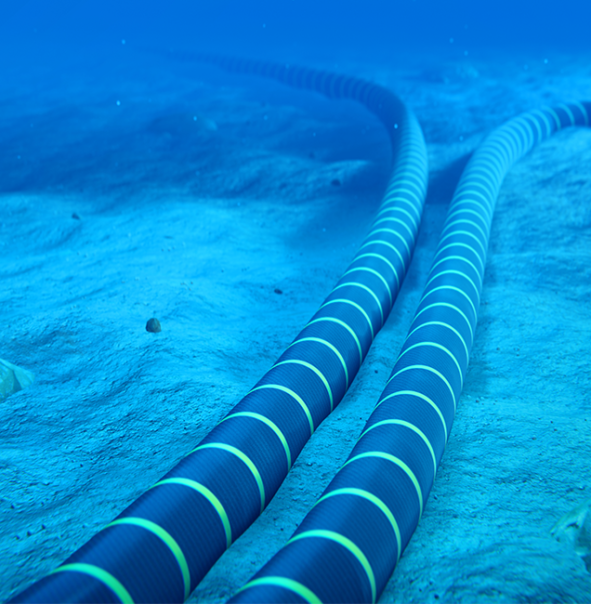Price monitoring study: price survey and international comparison of the new energy label
The price for the new NTA 8800 energy label is similar to the old Energy Index Label (EI), but substantially higher than the price of the old Simplified Energy Label (VEL). These are some of the results of our price survey and international comparison of the NTA 8800 energy label, conducted together with the Economic Institute for Construction (EIB), commissioned by the Ministry of the Interior and Kingdom Relations and the Netherlands Enterprise Agency. The report was presented to the Lower House by the Minister of the Interior and Kingdom Relations, Kajsa Ollongren, in December.
The energy performance of buildings in the Netherlands is calculated according to a fixed method and recorded in an energy label. As of Jan. 1, 2021, the NTA 8800 label replaced the EI label (for residential and non-residential buildings) and the VEL (only for residential buildings). This is a new determination method that complies with the European Union’s revised Energy Performance of Buildings Directive (EPBD).
Price level Netherlands
The market for energy labels in the Netherlands is highly segmented and prices vary depending on segment. Therefore, one cannot speak of “the price” for an energy label. In addition, the market is highly evolving. Nevertheless, prices were fairly stable during the research period, so some conclusions can still be drawn about the price level.
Time and hourly rates tend to determine energy label prices in the Netherlands. For private single-family houses, the costs are between 250 and 300 euros excl. VAT. Housing corporations are generally cheaper than private individuals. This is mainly because they receive a discount when they label large numbers of similar homes at the same time. The price for housing corporations comes down to around 100 euros excluding VAT per home. Compared to the old EI label, the prices remain virtually the same. However, for customers who previously used the VEL, the prices are substantially higher.
Price level compared to other EU member states
This part of the study was conducted by the EIB. It shows that in other EU member states, as in the Netherlands, time and hourly rates determine the cost of energy labels. Compared to the other member states, the Netherlands is in the middle category in terms of price. This makes us cheaper than countries like Austria and Germany, but more expensive than countries like Spain and France. The average price in the Netherlands is close to the European average of 255 euros. However, this does not apply to energy labels for individual apartments; these tend to be more expensive than in other member states that label individual apartments. Further research to explain this difference should be considered.
Want to know more? Read the full research report on the central government website or contact Menno van Benthem.

11 January 2022
2 minute read
Sectors
Key Experts
Menno van Benthem
Principal Consultant
Yoeri Dijkhof
Consultant



